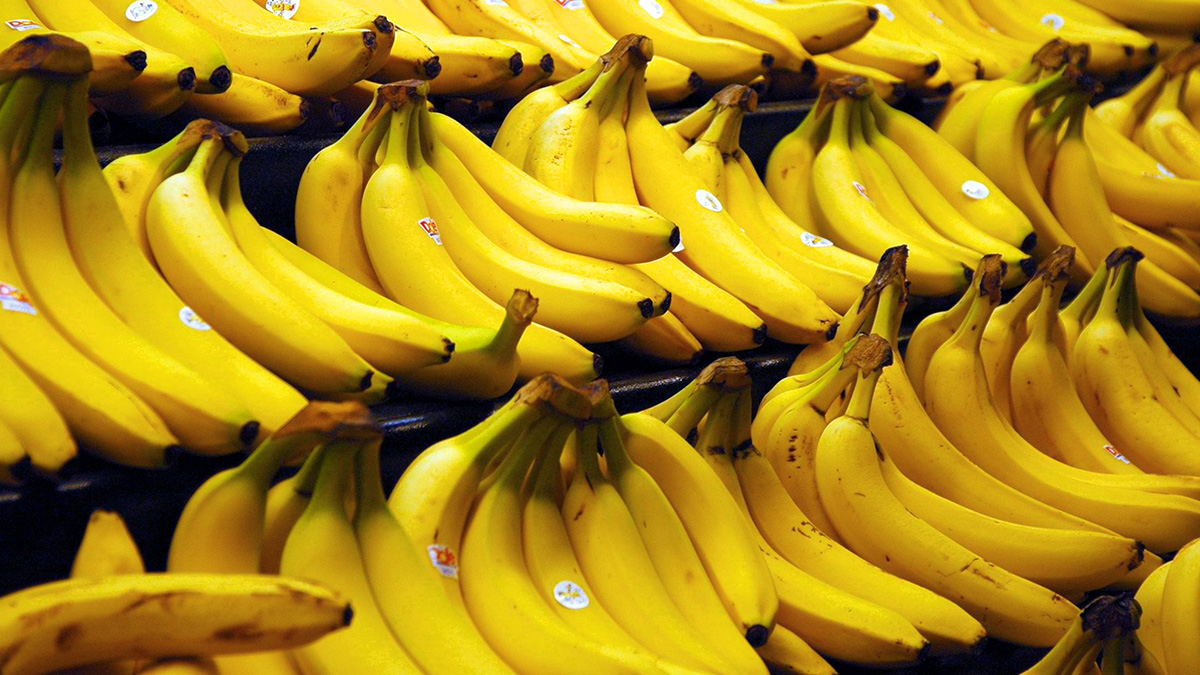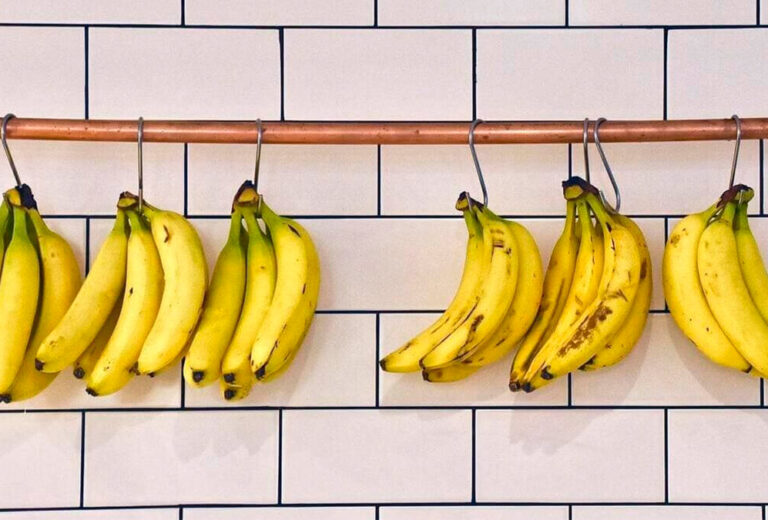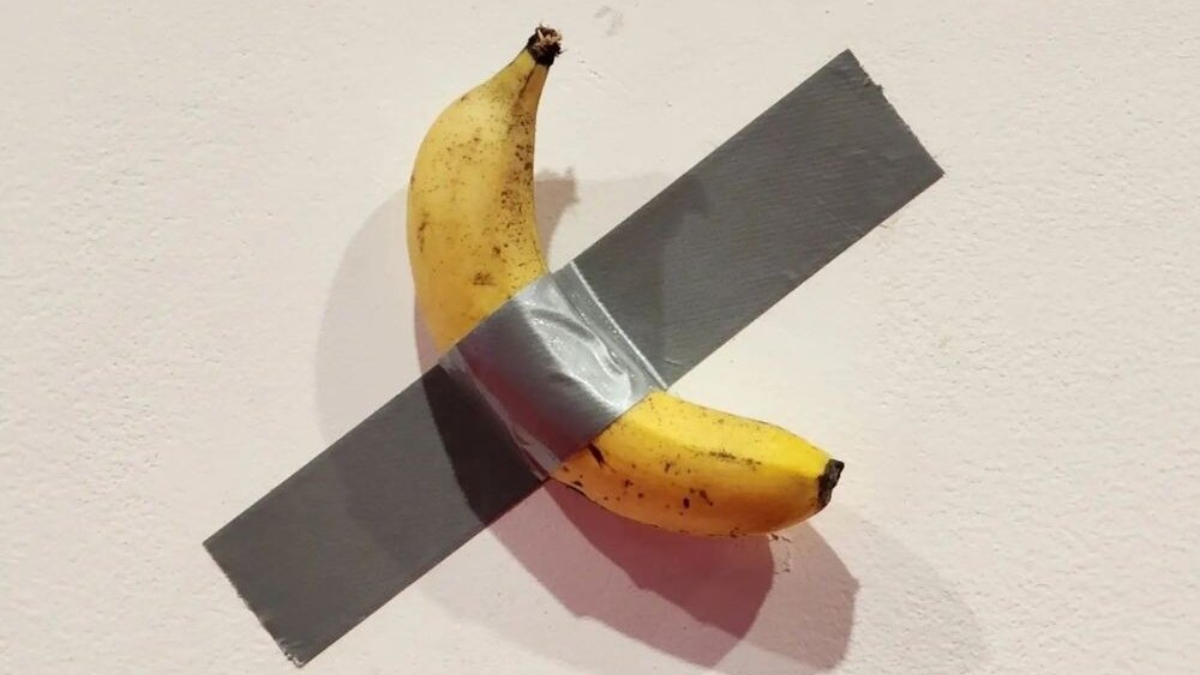Click here to read the Spanish version.
Bananas are facing a fungal disease called fusarium oxysporum, also known as TR4, which is affecting the Cavendish, the world’s most popular banana, attacking its roots and causing it to die. The future therefore looks uncertain for the banana, although scientific innovation could go some way to reversing that prognosis.
As previously reported by the BBC, the fungus has affected banana crops around the world. However, in the last decade, it has accelerated and spread to new regions, including Latin America, where much of the world’s northern bananas are grown.
However, the solution to this may lie with a global team of researchers who have shown that this strain of TR4 is not the same strain that nearly wiped out bananas in the 1950s. Today, the most popular banana is the Cavendish banana, which was initially bred to be resistant to the disease because of the previous extinction. And for a time it was. There was another banana wilt outbreak,’ added Yong Zhang, lead author and a PhD candidate in UMass Amherst’s Organismic and Evolutionary Biology programme under Ma’s direction.
Ma and his students spent a decade trying to figure out why this new outbreak occurred. They discovered that it was due to ‘strain-specific accessory genes’, in addition to a shared core genome, and that they are related to nitric oxide production, which Ma says ‘appears to be the key factor in TR4 virulence’.
Although the researchers explicitly stated that they do not know exactly why this has contributed to a new infestation of the disease, they were able to determine that the virulence of the new strain is reduced when two genes that ‘control nitric oxide production’ are deleted.
Identifying these accessory gene sequences opens up many strategic avenues to mitigate, or even control, the spread of Foc TR4,’ Yong added. However, even if the genes that produce nitric oxide can be controlled, the authors pointed out, the most pressing concern is actually monoculture – the practice of growing the same thing year after year in the same field.
When there is no diversity in a huge cash crop, it becomes an easy target for pathogens,’ Ma said. Ma even suggested a way to make a difference and help bananas survive for future generations: ’Next time you go banana shopping, try some different varieties that may be available at your local specialty food shop. Go ahead and try the Gros Michel banana, the Nam Wah banana, the Mysore banana and others to help all bananas in the world. In this way, you encourage farmers to grow something new and earn a living in the process.




